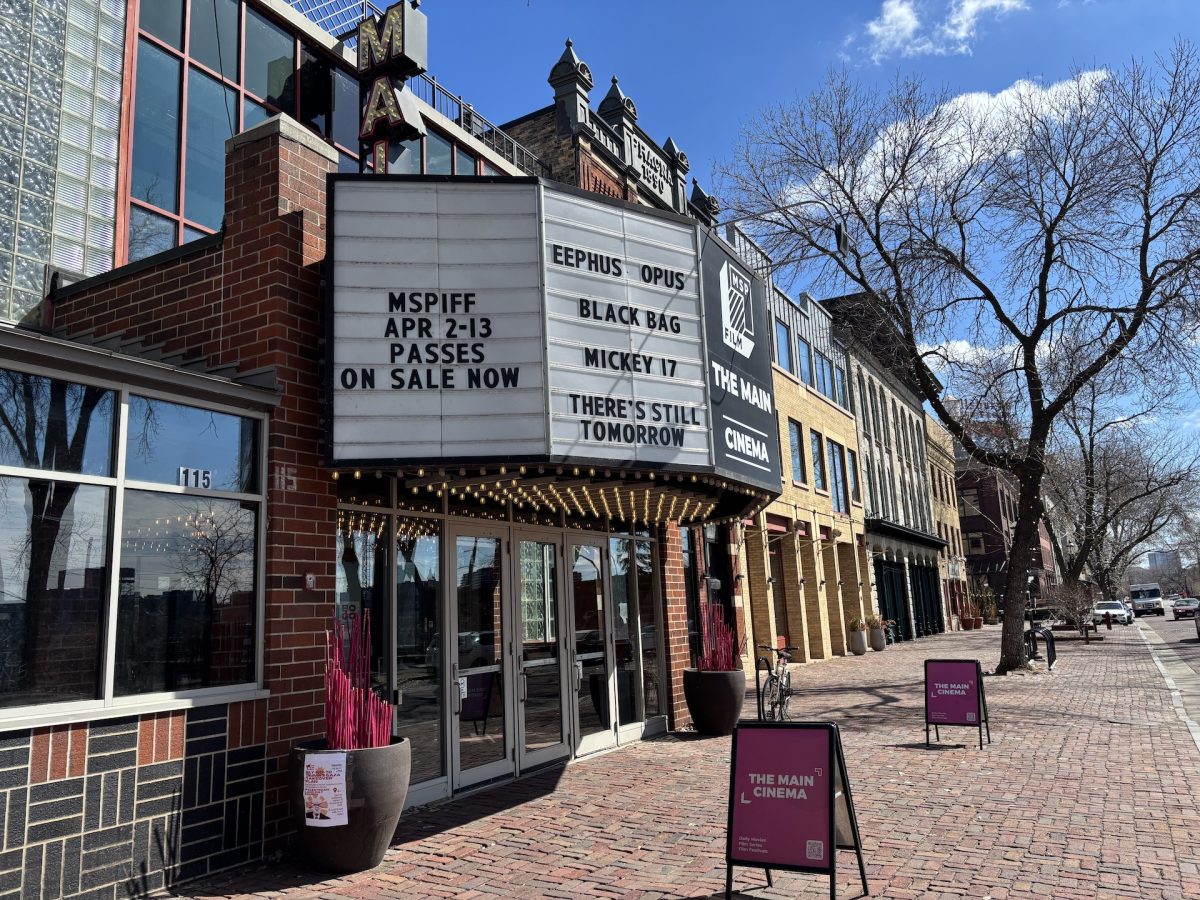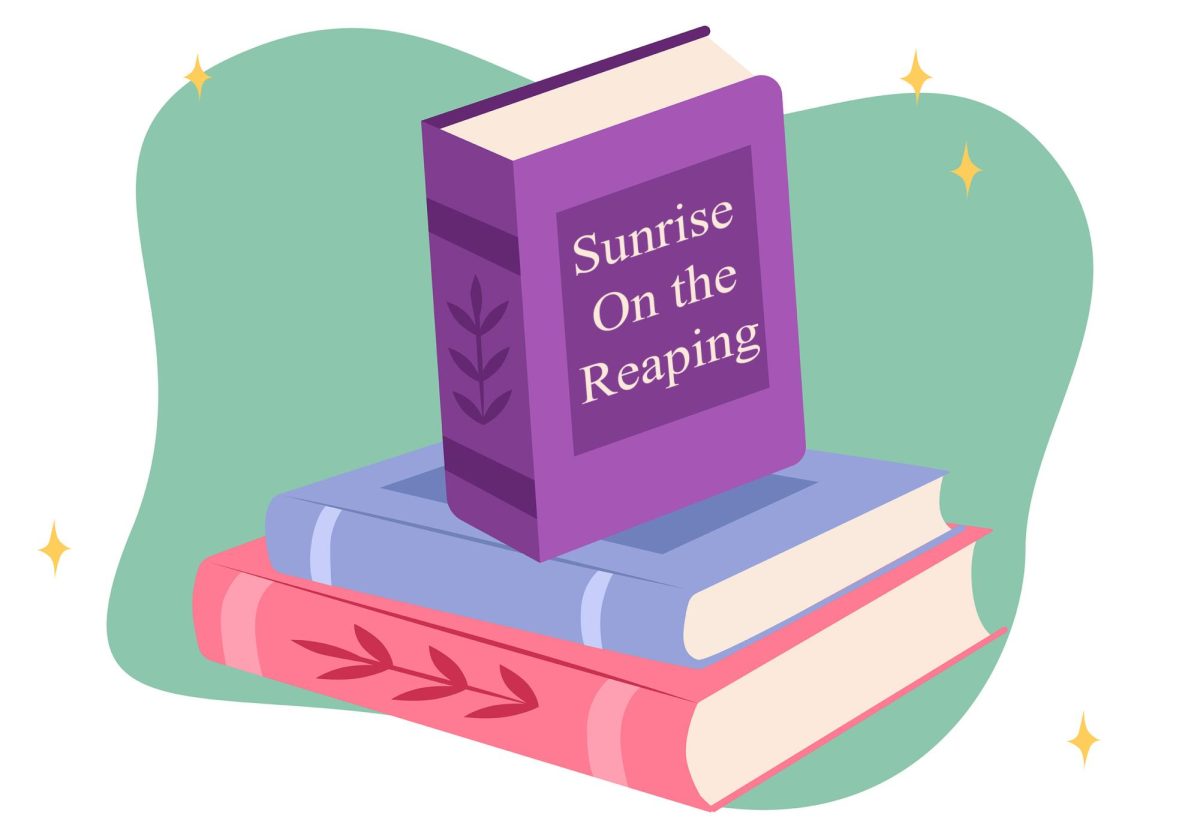With his first two films, director Darren Aronofsky earned some impressive stock among indie moviegoers for his seemingly preternatural eye for well-wrought melodrama and psychological suspense.
“The Fountain”
DIRECTED BY: Darren Aronofsky
STARRING: Hugh Jackman, Rachel Weisz, Ellen Burstyn
RATED: PG-13
PLAYING AT: Area Theaters
“Pi,” the story of the tortured, prodigal mathematician Maximillian, earned Aronofsky Best Director at the Sundance Film Festival in 1998. His second film, “Requiem for a Dream” (2000), was a wrenching exposé on the torments of drug addiction for four people in the dregs of Coney Island and won a handful of Independent Spirit Awards, including Best Picture.
They were low budget ($60,000 and $4.5 million, respectively) art house films that did what these films do best: Take an intimate, personal struggle and explore it so thoroughly that its every pain and joy may be vicariously experienced in viewing it. In their narrow scope, they are able to touch the broadest audience because of the attention the director can give to the details and the sense of control that results on screen.
But (and, with such hyperbolic gushiness, you knew there was going to be a “but”) Aronofsky’s third film, “The Fountain” (of youth, nonetheless), comes with a moderately upgraded budget ($35 million) and a precociously naïve tagline – “What if you could live forever?” And quite simply, it’s incompatible with everything he’s put out before.
Hugh Jackman plays Thomas Creo, a scientist in the most modern sense, who looks at mortality as a solvable problem, with his wife Izzi’s (Rachel Weisz) cancer as his present case.
But he also plays Tomas, a Spanish conquistador from the 16th century who devotedly departs in search of the “Tree of Life” upon his Queen’s demand.
And then again, in a slimmer, balder incarnation (or continuation? we don’t know) in the year 2600 – in which he’s bound for the distant nebula, Xibalba, a star cluster which Mayan mythology says can birth life from death.
“The Fountain” compacts 1,000 years into its hour-and-a-half of screen time and goes from Spain to the United States to, why not, the edge of the universe. What is apparent is that Aronofsky was thinking bigger – much bigger – than his prior successes. What isn’t apparent is why.
The first scene pits the 16th century conquistador against a demonic-looking Mayan guard who brandishes a flaming sword and protects the “Tree of Life.” To call this a departure from a couple addicts scoring drugs out of the back of a delivery truck on Coney Island would be a bit of an understatement.
It then jumps around between the three epochs, complete with memory distorting devices (most often by anachronistically jumbling Jackman’s various states of mane, long locked, bearded and mustached in the past, wavy so-cal and five o’clock shadow in the present and naked as he came in the future). But the explanation for this unconventional time travel is not entirely clear or exciting.
Somewhere in the first third of the film we learn that the terminally ill Izzi is writing a book titled “The Fountain,” and throughout we hear her voice whispering to Thomas “finish it” (which he does and which becomes the story set in the future). The book is more of a subtext that never comes to the fore, yet it is to the story that the entire film is tethered – everything from the conquistador to the journey to the nebula is written on its pages.
It’s a meager story of a universe contained within a universe; a bold premise that needs to hide behind some flashy, albeit impressive, visual effects, because it can’t contain its own ambition.







